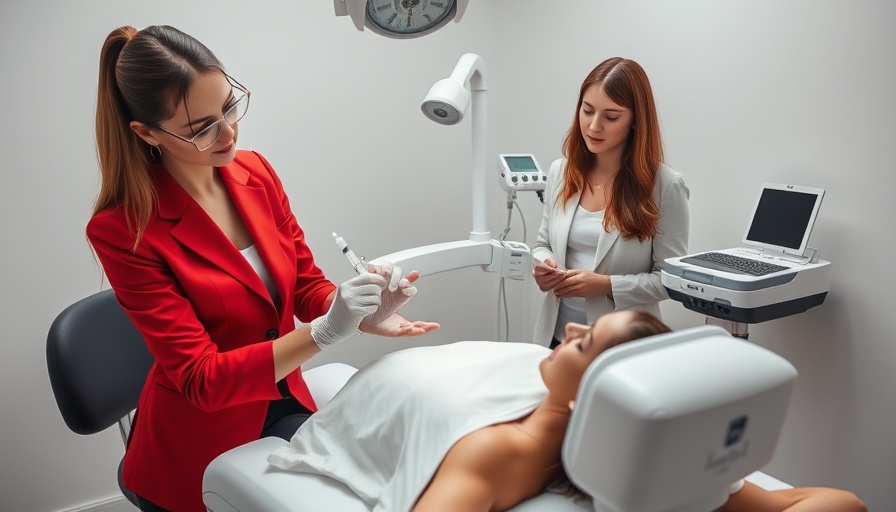
The Essential Role of Nurses in Aesthetic Medicine
Nurses have long been the backbone of the healthcare system, and their influence is particularly pronounced in the realm of aesthetic medicine. As we explore why nurses are at the heart of this field, we find that their unique blend of compassion, clinical expertise, and patient-focused care serves as a critical foundation for successful treatment outcomes.
Bridging Clinical Skills with Empathy
As Jacinta King, Director of Nursing Leadership and Strategy at Juv’ae, notes in her expert opinion, the skills nurses cultivate in high-pressure hospital environments translate seamlessly into aesthetic practices. These professionals not only possess clinical precision but also an inherent commitment to patient advocacy. In an industry often tainted by unqualified individuals and poor training standards, nurses are the first line of defense for client safety and satisfaction.
A Holistic Approach to Patient Care
What truly sets nurses apart in aesthetic medicine is their training to see beyond just a procedure. They engage with clients to understand their unique stories and motivations. This insight is vital; someone seeking cosmetic enhancements may be looking to regain confidence after a significant life change rather than just desiring a more youthful appearance. The nursing perspective brings a depth of care to the aesthetic journey, ensuring that emotional well-being is as prioritized as physical outcomes.
Ensuring Safety Through Structure and Education
Nurses come from various clinical backgrounds—from intensive care units to emergency departments—and this diverse experience arms them with the skills to conduct structured consultations and thorough education for their patients. As aesthetic medicine becomes increasingly popular, the risk of poor training and counterfeit products rises. Here, nurses provide a much-needed safety net through community awareness and a commitment to ethical standards in patient treatment.
The Cutting Edge of Nurse-Led Aesthetic Practices
The trend toward telehealth is reshaping the landscape of aesthetic medicine. While some argue this shift could dilute the quality of care, innovative nurse-led practices are working to provide safe and effective consultation models that include telehealth. Nurses are becoming adept at adapting treatment plans collaboratively within a framework of clinical governance, ensuring both the safety of their patients and the integrity of aesthetic medicine.
The Danger of Unqualified Practices
Despite advances in nurse-led care, the aesthetic industry faces real threats that remain largely unaddressed. The proliferation of unqualified operators and low training standards can spur patient harm and public mistrust. Recognizing the essential contribution of nurses helps shed light on these pressing issues and underscores the importance of maintaining high standards in aesthetic practices.
Future Directions: Advocacy and Education
The future of aesthetic medicine relies heavily on the role of nurses not just as practitioners but as advocates for patient safety and ethics within the industry. By prioritizing education and training, as well as maintaining collaborative relationships with other healthcare professionals, nurses can continue to champion safe practices that elevate the experiences of those seeking aesthetic treatments.
Conclusion: Why Nurses Are Indispensable in Aesthetic Medicine
In a world of rapid aesthetic innovation, the steady presence of trained nurses offers not only a safe hand to guide patients through their journeys, but also a compassionate heart that understands patients at their core. For anyone considering aesthetic procedures, knowing the background and training of their practitioners adds a layer of reassurance. Nurses are at the forefront of this movement, continually redefining beauty through a compassionate, informed approach.
 Add Row
Add Row  Add
Add 




Write A Comment